Marcel Breuer: the Bauhaus furniture master with a passion for architecture
Marcel Breuer is famous for his tubular steel furniture, yet his real interest was architecture. For our Bauhaus 100 series, marking 100 years of the influential school, we profile the Hungarian designer who championed a rational approach to design.
For many, Breuer is immediately connected to the Model B3, also known as the Wassily Chair. This iconic tubular steel chair, inspired by bicycle frames and made with the latest in steel-bending technology, was given its nickname when it was reproduced by Italian manufacturer Gavina.
Named after an anecdote whereby a curious Wassily Kandinsky, expressing interest in an early version of the chair in Breuer's studio, was one of the first recipients of a post-prototype model for his own office.
It may be furniture that Breuer is most widely known for, but his real passion was architecture – a desire that would be fulfilled when he left Germany for the United States. But before this, he would fall under the spell of a newly-established Bauhaus.
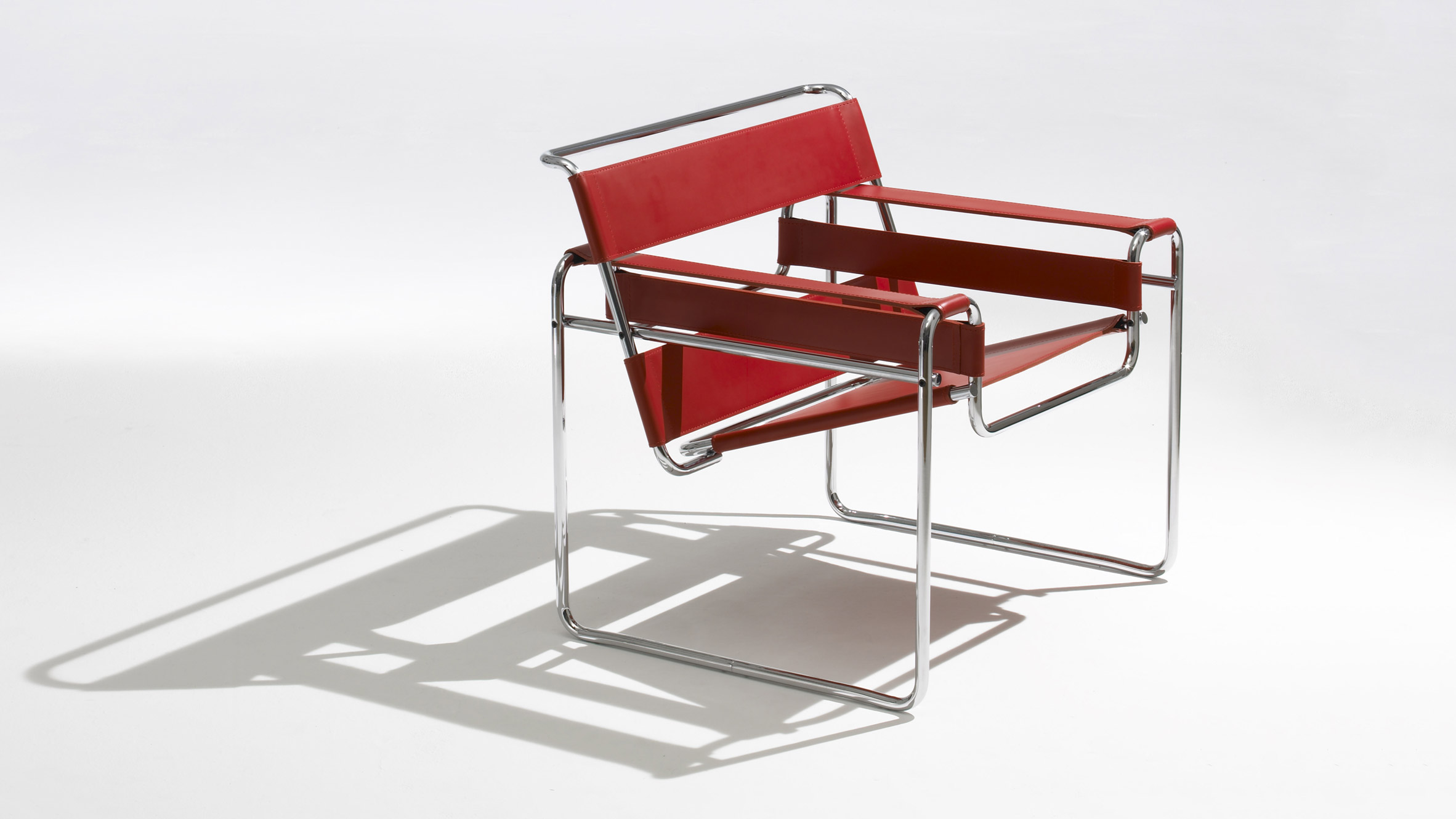
Breuer was born in the city of Pécs, Hungary, in 1902, but at 18 years old he left his hometown, keen to go somewhere where he could engage with the modern movement, then in full swing. He received a scholarship to attend the Academy of Fine Arts in Vienna, the city that had been home to some of early modernism's most important figures.
Breuer was one of the Bauhaus' youngest students
When he arrived, the academy was so far from the vibrant atmosphere he was expecting – far too much stuffy theory and not enough making. So much so that Breuer, according to author Robert McCarter, walked out on the same day he arrived.
He would later refer to his times in Vienna as some of the "unhappiest in his life".
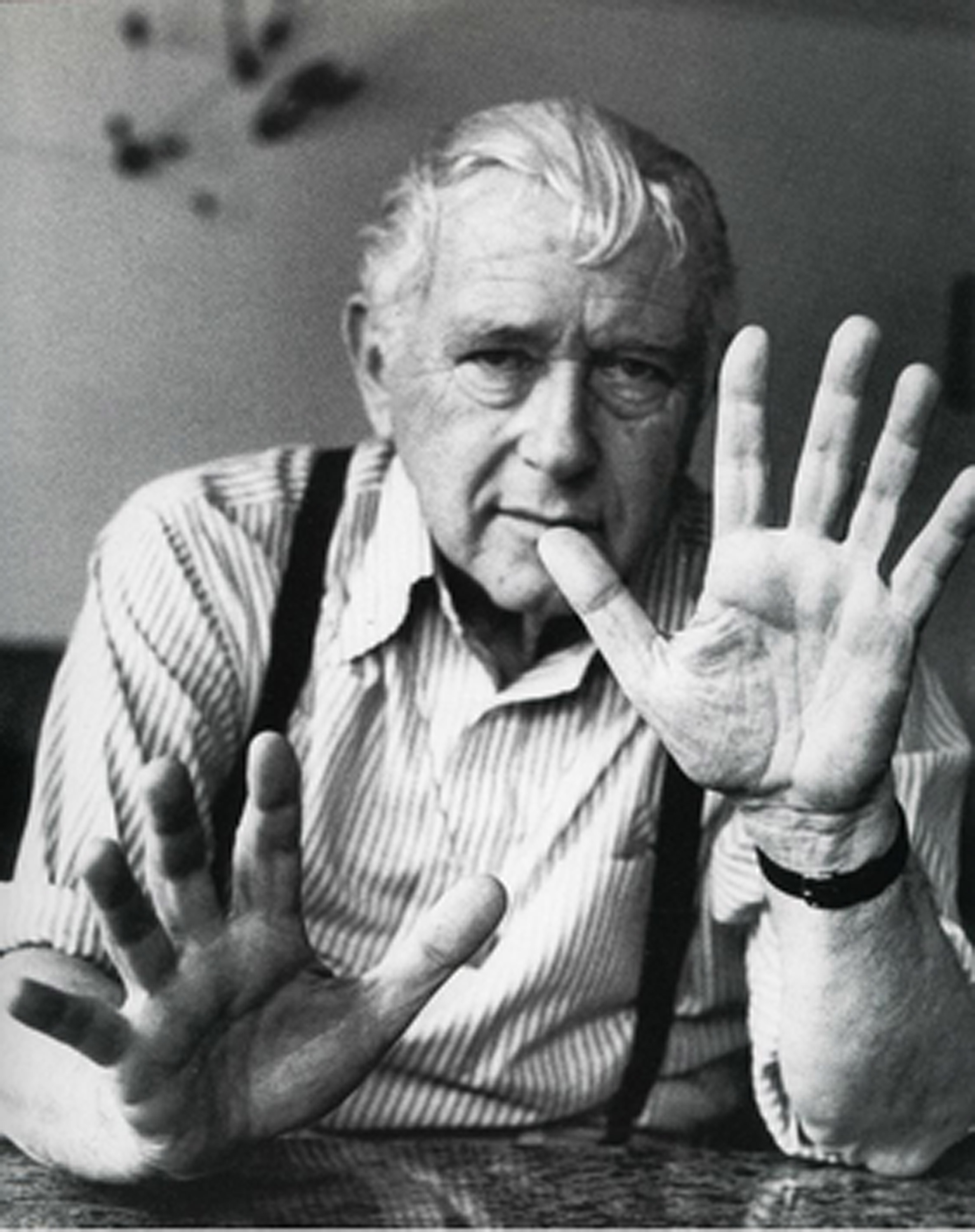
Things began to look brighter when, as McCarter writes, a friend handed Breuer "a little brochure from the Bauhaus with the emblem: Return of the Craftsman and a woodcut by Lyonel Feininger". Breuer, who had been busying his hands working for an architect and cabinetmaker in Vienna in order to "become more practical", headed to Weimar to enrol.
At 19 years old, Breuer was one of the youngest students to enter the Bauhaus. Joining in 1920, a year after the school's opening, Breuer was alongside Josef Albers, and both took part in the then newly established preliminary course. Paul Klee would join the school as a master soon after.
Breuer was an early proponent of a rational approach
Surrounded by expressionism, Breuer was an early proponent of the more rational approach that the school would become known for in the mid 1920s.
Any form of dedicated architectural training at the school was still around seven years away, so Breuer ended up in the carpentry workshop, graduating in 1924 and heading to Paris to further his architectural studies – which included meeting Le Corbusier.
Breuer's work was in many ways a perfect demonstration of the Bauhaus' ideals of art meeting industry. Early versions of the B3 chair were only made possible due to steel manufacturer Mannesmann developing methods that removed seams from steel tubing, and the fabric straps (later replaced by leather) that constitute the chair's arms, back and seat were developed by Margaretha Reichardt, a weaving workshop student.
So impressed was Gropius that in 1925 he persuaded Breuer to return from Paris to the new Bauhaus in Dessau, offering him the position of young master at the carpentry workshop. Two years later, Breuer would complete the interiors for the model Weissenhoff Estate – led by Ludwig Mies van der Rohe – at the 1927 Stuttgart Exhibition.
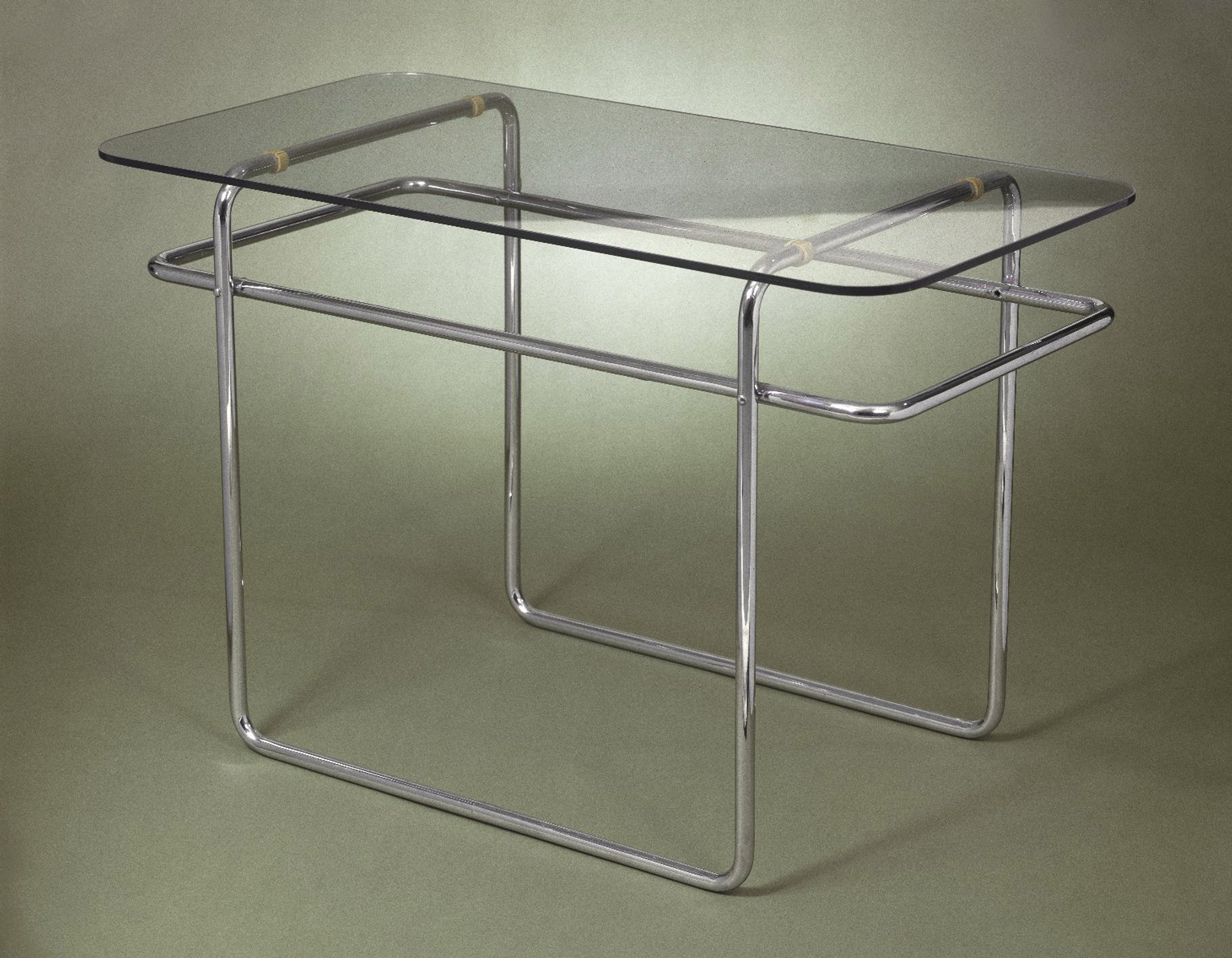
His experiments with tubular steel also continued with stools, tables, and folding and cantilever chairs.
"It is interesting," remarked Breuer, "that the modern furniture was promoted not by the professional furniture designers, but by architects." In something of a reversal of this, his early architectural and interior designs, such as the prefabricated steel Kleinmetallhais (1925) and the Bambos houses (1927), drew heavily from his furniture designs.
Breuer's architectural potential was limited at the Bauhaus
There remained, however, little chance for Breuer to put most of his architectural designs into practice. In 1928, aged 26, he left the Bauhaus to establish his own architectural office in Berlin, supported by royalties from the sale of his chairs.
It was a difficult time to establish a firm, but Breuer would design the Dolderthal apartments in Zurich for Sigfried Gideon (1934), before moving to London as the Nazis were gaining power. Here, he worked briefly with Jack Pritchard of the Isokon company before joining Walter Gropius to teach at Harvard University – among their students were Philip Johnson, IM Pei and Paul Rudolph.
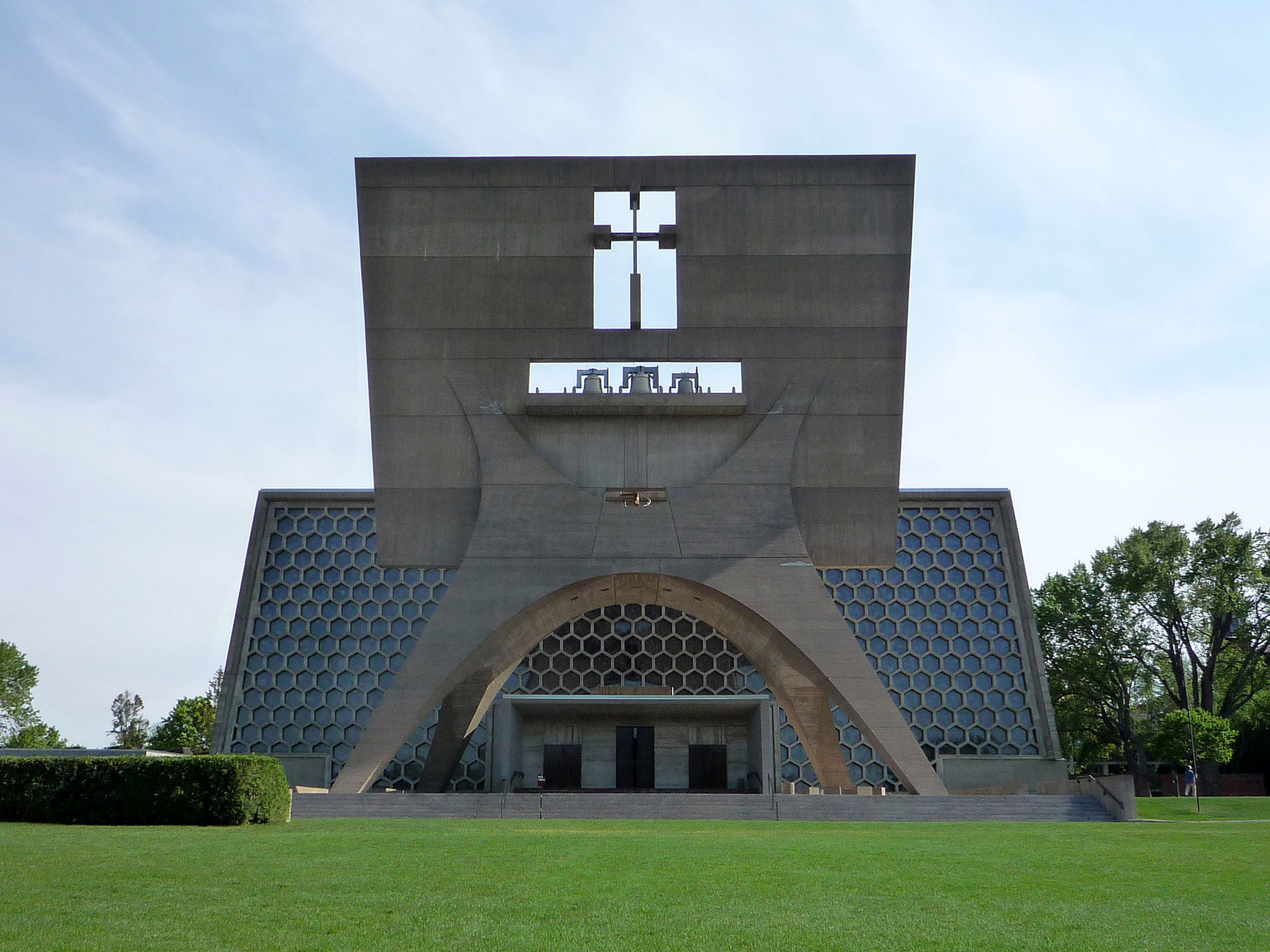
At Harvard, Gropius and Breuer collaborated extensively – on their own houses, among others, on the Pennsylvania State Exhibition at the 1939 New York World's Fair and on Chamberlain College, Massachusetts (1940). Breuer's early work tended towards a more International Style white box and glass aesthetic, based on the systems he had been devising years before but had been unable to build in Germany.
Breuer's studio produced more than 100 buildings
It is his later work, however, built after his move to New York in 1946 and using strong formal compositions of concrete and stone, for which his architectural career is most remembered.
"If the International Style mean only mechanistic and impersonal, rigid forms" said Breuer at a MoMA symposium in 1948, "then down with it".
St John's Abbey Church in Minnesota, the Metropolitan Museum of Art (now the Met Breuer) and the Atlanta-Fulton Central Public Library are just a few of some 100 buildings completed by Breuer's practice during these prolific years.
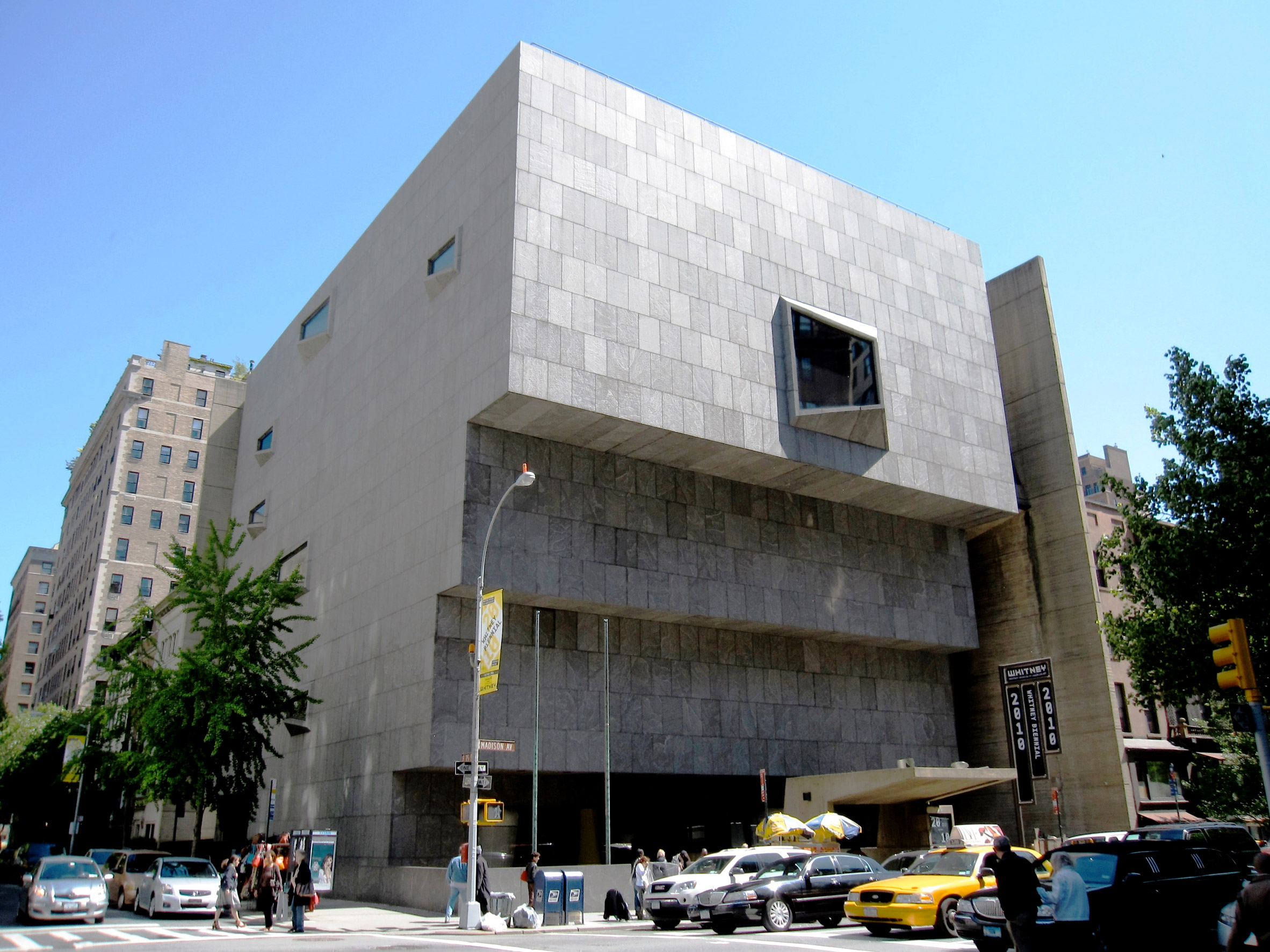
But despite their aesthetic force as Breuer buildings, the collaborative ethos that defined his early chairs remained strong throughout his career, working with Pier Luigi Nervi, Robert Gatje and Harry Seidler to name but a few.
The AIA awarded Breuer with their Gold Medal in 1968, just as he was drawing huge criticism for designs that would slam a skyscraper into Grand Central Terminal.
The design was never built, but the furore dented Breuer's hard-earned American reputation. Commissions continued regardless, the last being The Central Library in Downtown Atlanta. Breuer died in Manhattan in 1981, a year after it opened, aged 79.

The Bauhaus is the most influential art and design school in history. To mark the centenary of the school's founding, we've created a series of articles exploring the school's key figures and projects.
See the full Bauhaus 100 series ›
Main illustration is by Vesa Sammalisto, additional illustration is by Jack Bedford.
The post Marcel Breuer: the Bauhaus furniture master with a passion for architecture appeared first on Dezeen.









